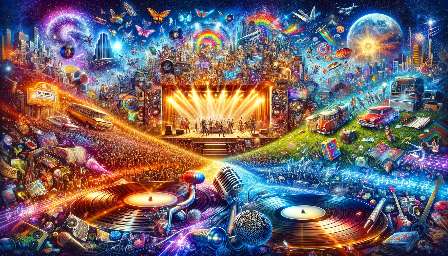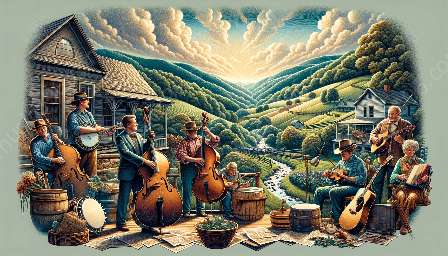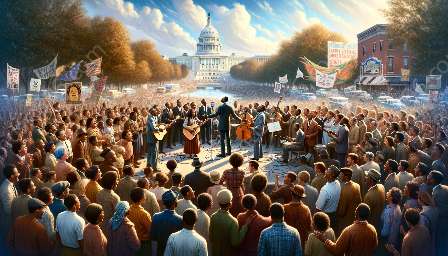Music has been a powerful tool for propaganda and persuasion throughout history, and its use in the context of film has been especially influential. From early silent films to modern blockbusters, the history of film music is deeply intertwined with the history of propaganda and persuasion. Understanding the ways in which film music has been utilized for these purposes provides valuable insight into the complex relationship between music, media, and ideology.
The Early Years: Silent Films and Political Messaging
The use of music in silent films served as an early form of propaganda and persuasion. Music was employed to enhance emotional impact and reinforce specific messages, often in support of political agendas. For example, during the early 20th century, silent film screenings were accompanied by live music that could be tailored to evoke certain emotions or convey ideological themes. This practice laid the groundwork for the use of music as a persuasive tool in the context of film.
The Rise of Sound in Film and Political Influence
The introduction of synchronized sound in film opened up new possibilities for the integration of music with visual storytelling. Soundtracks became an integral part of the cinematic experience, allowing filmmakers to heighten dramatic tension, manipulate audience emotions, and convey ideological undertones. As the world entered an era of political upheaval, film music was increasingly harnessed to serve political agendas, from wartime propaganda to the dissemination of government ideology.
Propaganda and Persuasion in War Films
One of the most notable uses of film music for propaganda and persuasion came during times of war. Governments and military organizations tapped into the emotive power of music to shape public opinion, boost morale, and demonize the enemy. War films depicted heroes and villains through musical motifs and themes, using music to reinforce nationalistic fervor and align audiences with specific ideological stances.
Political Agendas and Social Change
Aside from wartime propaganda, film music has also been instrumental in promoting political agendas and social change. From civil rights movements to political revolutions, filmmakers have utilized music to rally support for causes and sway public sentiment. Inspirational anthems and protest songs featured in films have served as rallying cries for social movements, demonstrating the persuasive capabilities of music in the context of visual storytelling.
Modern Influences and the Digital Age
In contemporary cinema, the role of film music as a tool for propaganda and persuasion continues to evolve. With advancements in technology, composers and filmmakers have greater resources at their disposal for shaping audience perceptions through music. The integration of music into marketing campaigns, documentary filmmaking, and political documentaries demonstrates the enduring impact of music as a persuasive medium.
Conclusion
The history of film music is a testament to its enduring power as a tool for propaganda and persuasion. Throughout history, film music has played a pivotal role in shaping public opinion, reinforcing ideological messages, and fueling social movements. Understanding the historical context of film music and its impact on propaganda and persuasion provides valuable insight into the intersection of music, media, and ideological influence.




































